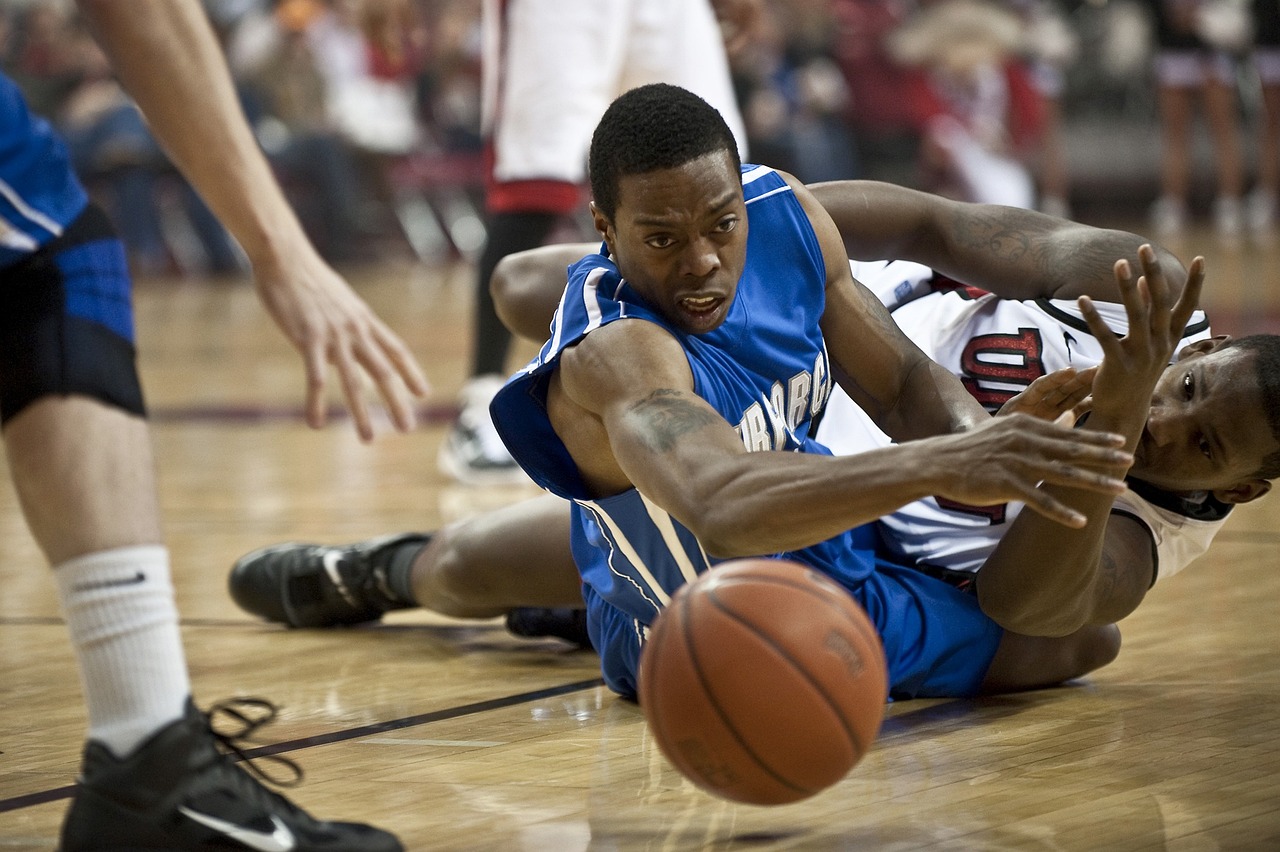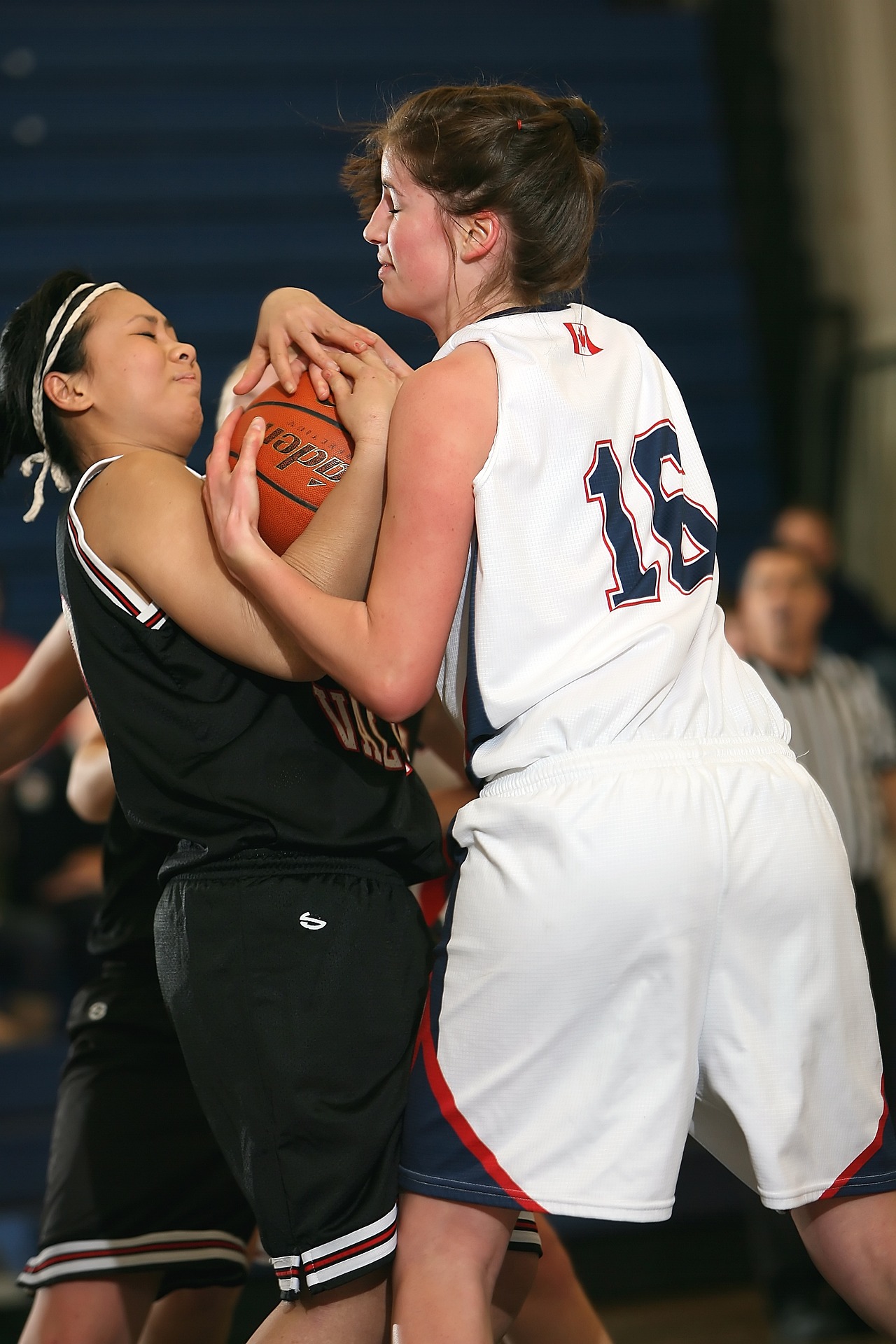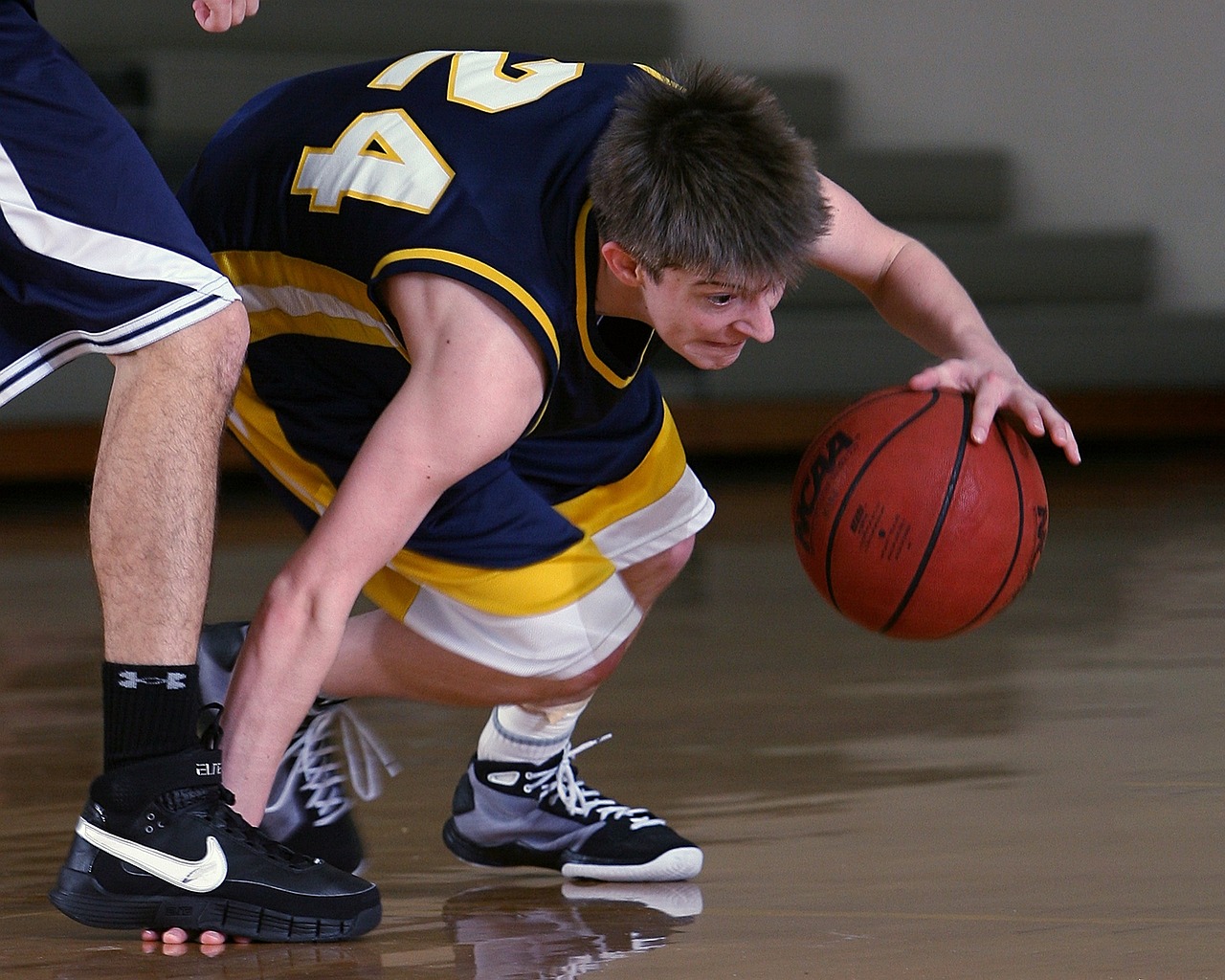12/02/2022
Common Basketball Injuries
By Mark Cullen, MD, Wentworth Health Partners Seacoast Orthopedics & Sports Medicine
Basketball is a fun sport for players of all ages and skill levels. When people think of sports-related injuries, they often think first of injuries stemming from collision sports, such as football, lacrosse, or ice hockey. Although basketball is not considered a collision sport, it is very much a contact sport with its share of injuries. The fast pace of basketball and in-game contact contribute to a wide range of injuries. A study by the American Orthopaedic Society for Sports Medicine determined that for every 1000 hrs of basketball played, athletes can expect anywhere from 6-14 injuries.
What are some of the most common basketball injuries? 
- Ankle Sprains
- Knee Injuries
- Jammed Fingers
- Calf strains / Achilles tears
- Thigh bruises
- Facial Cuts
Ankle Sprains
Ankle sprains are easily the most common injury in basketball. Ankle sprains occur most often when you land on another player’s foot. In most cases, the ankle turns inward, stretching the ankle ligaments. Symptoms of a sprained ankle include pain, swelling, bruising, limited movement, and inability to bear weight. Depending on the severity of the injury, it can take anywhere from a few days to a few months to properly heal an ankle sprain. Treatment of sprained ankles includes Rest, Ice, Compression, and Elevation (a.k.a. RICE protocol), which helps control swelling and assists in the healing of the damaged ligaments. Physical therapy and treatment by team athletic trainers can help speed up recovery from an ankle sprain and prevent recurrent ankle sprains.
Knee Injuries
Jumping and running put a lot of stress on the knees during basketball. Three common knee structures injured during basketball include the anterior cruciate ligament (ACL), meniscus, and patella tendon. Symptoms of these injuries include:
- Acute knee pain
- Knee swelling
- The inability to put weight on your leg
- Occasional popping in the knee
ACL tears are one of the most well-known knee injuries. ACL tears are a common basketball knee injury and frequently require reconstructive surgery. Meniscus tears are another common basketball knee injury. In some cases, arthroscopic surgery is necessary to repair the torn meniscus. Finally, patella tendonitis (aka, Jumper’s Knee) is another prevalent overuse injury in basketball that is caused by running and jumping in basketball. It is commonly treated with rest and ice to heal.
 Finger injuries
Finger injuries
Basketball is a team sport that requires a lot of passing. Finger fractures and sprains commonly occur when the ball hits the tip of the finger. This frequently results in finger pain and swelling. Treatment of a jammed finger includes the use the ice and buddy taping. Ice helps to decrease pain and swelling. Buddy taping aligns the injured finger with an adjacent finger to protect it while it recovers. If pain and swelling persist, evaluation by a physician or athletic trainer is recommended. X-rays may be needed to evaluate for a fracture.
Calf Muscle Strain
Another common injury in basketball is a calf muscle strain. These occur with a sudden change of direction and jumping. Most acute calf strains often involve sudden pain in the posterior medial calf muscle. The time it takes to return to the court is influenced by the severity of the muscle tear. Calf strains may require several weeks of rest, immobilization, and physical therapy to resolve.
Achilles Tendon Tears
Achilles tendon tears have many of the same symptoms as a calf strain. It happens to both college and professional players and recreational athletes. This injury occurs when the Achilles tendon (which connects the calf to the heel) tears. Surgery is recommended in most cases, but occasionally nonoperative treatment is utilized.
Deep Thigh Bruising
A deep thigh bruise/contusion is a common basketball injury that typically occurs when a knee inadvertently strikes a player’s thigh muscles. These types of bruises are frequently minor but can take 4-6 weeks to heal in more severe cases. Treatment for deep thigh bruising involves using the RICE protocol, ensuring to ice and rest the affected area before getting back to full activity.
Facial cuts
Head and face wounds often occur due to a direct blow from another player. The eyes, mouth, chin, and nose are frequently injured areas that can bleed significantly. Apply direct pressure to the site of the injury to control the bleeding. More extensive wounds or wounds that won’t stop bleeding may require stitches. Coaches, athletic trainers, and players should make sure that clothing and the playing surface are cleaned well before play continues.
If you suspect any of these injuries, lean on your local health care team, starting with your school athletic trainer. They’ll ensure you get proper follow-up to have you back on the court in a safe, quick manner!
PREVENTION TIPS
- Warm-up properly. Always warm up before playing a game or when you’re at practice to avoid an increased chance of injury.
- Strengthen your core. Weight training will aid in a stronger core to perform better on the court. A strong core helps you move better and minimizes the risk of injury.
- Strength training. Strengthening your lower body improves athletic performance and can help minimize the risk of knee injuries.
- Stretch. Take time to stretch. Good flexibility decreases the risk of muscle strains and tears.
- Proper footwear. Basketball shoes minimize the risk of foot and ankle injuries and improve performance.
- Practice. Proper training improves game-day performance and minimizes the risk of injury.
About Dr. Mark Cullen
Mark Cullen, MD, is a board-certified orthopaedic surgeon and has completed advanced fellowship training in sports medicine and arthroscopic surgery. He has a passion for adolescent sports medicine. Before moving to New Hampshire in 2019, he was the team physician for numerous high schools and club sports teams throughout his career in Atlanta and Oregon. On the Seacoast, he works closely with high school athletic trainers, physical therapists, and coaches to care for athletes and prevent adolescent sports injuries. Having had four shoulder surgeries himself, he understands what an injury means to his patients and the time and dedication it takes to recover from surgery.